
AccuWeather | More Science
Another La Nina in the Pacific Ocean will make it a cold and snowy winter in most parts of the country
By Heather Buchman and AccuWeather |
October 6, 2011
 Image: AccuWeather.com
Image: AccuWeather.com
The AccuWeather.com Long-Range Forecasting Team is predicting another brutally cold and snowy winter for a large part of the country, thanks in large part to La Niña... yet again.
La Niña, a phenomenon that occurs when sea surface temperatures across the equatorial central and eastern Pacific are below normal, is what made last year's winter so awful for the Midwest and Northeast. Monster blizzards virtually shut down the cities of New York and Chicago. Last winter was one of New York City's snowiest on record.
La Niñas often produce a volatile weather pattern for the Midwest and Northeast during winter due to the influence they have on the jet stream. The graphic below shows the position the jet stream typically takes over the U.S. during La Niña.

This graphic illustrates the common position the jet stream takes over the United States during La Niña.
The way the jet stream is expected to be positioned during this winter's La Niña will tend to drive storms through the Midwest and Great Lakes. Last year, the jet stream steered storms farther east along the Northeast coast, hammering the Interstate 95 corridor.
Therefore, instead of New York City enduring the worst of winter this year, it will likely be Chicago.
"The brunt of the winter season, especially when dealing with cold, will be over the north-central U.S.," stated Paul Pastelok, expert long-range meteorologist and leader of the AccuWeather.com Long-Range Forecasting Team.
Chicago, which endured a monster blizzard last winter, could be one of the hardest-hit cities in terms of both snow and cold in the winter ahead.
AccuWeather.com Long-Range Meteorologist Josh Nagelberg even went so far as to say, "People in Chicago are going to want to move after this winter."

While winter's worst may not be focused over the major cities of the Northeast this year, the region will not get by unscathed. Pastelok warns there could be a few significant snow and ice storms that could pack a punch.
Ice events could also be a problem for areas farther south from the southern Plains to the southern Appalachians this season, while a significant severe weather threat develops in the Lower Mississippi Valley in February. This threat is extremely concerning for the areas in Mississippi and Alabama that were devastated by tornadoes in the spring.
The West is expected to be split between mild and dry conditions in the Southwest and highly-variable, frequently-changing weather elsewhere.
Chances that Texas pulls out of its epic drought this winter are extremely slim with below-normal precipitation predicted for a large portion of the state.
Brutal Winter Ahead for the Midwest, Great Lakes
Hands down, AccuWeather.com's long-range experts agree that the Midwest and Great Lakes region will be dealt the worst of winter this year.
Bitterly cold blasts of arctic air are expected to invade the northern Plains, Midwest and Great Lakes December through January, while snowfall averages above normal. "A couple of heavy hitters are possible [during this time]," Pastelok said in relation to the snow.
In terms of both snow and cold, this winter is expected to be the worst in Chicago.
Full Winter Forecast for the Midwest and Great Lakes
More Monster Snowstorms for the Northeast This Winter?
Overall, this winter is not expected to be as extreme as last winter for the Northeast's major cities. However, there could still be a few snow or ice storms that have a significant impact.
Snowfall is forecast to average near or even slightly above normal in areas south and east of the mountains from Virginia to Maine.
For areas north and west of the Appalachians, however, snowfall for the season is expected to be much higher. An early, heavy lake-effect snow season will put northwestern Pennsylvania and western New York into the zone of winter's worst snow and cold, according to the team.
Full Winter Forecast for the Northeast
Ice Zone Sets Up Across Southern States; Severe Threat Develops in February
The Long-Range Team expects areas from northeastern Texas and Oklahoma into Kentucky and Tennessee to deal with more ice than snow events this winter, especially from early to mid-season.
Occasionally, icing could affect areas farther east into the western Carolinas and northern parts of Alabama and Georgia. This would be most likely in January.
The team also expects a significant risk for severe weather and flood events to develop over the lower Mississippi Valley in February. Mississippi, Alabama and Tennessee, which were devastated by tornadoes in the spring, will be extremely sensitive to any severe weather outbreaks.
Full Winter Forecast for the Southeast
Southwest, Texas Stay Parched and Warmer than Normal
"Mild and dry" will unfortunately be the mantra this winter for much of Texas and the Southwest, a region that desperately needs rain. Texas continues to suffer through the worst drought in its history.
Precipitation is expected to remain below normal in southern and western Texas and the interior Southwest this season. "The interior Southwest will be the driest area of the country through winter," Pastelok said.
Northern and eastern Texas, however, could fair a bit better with higher chances for precipitation as cold fronts "make it there with ease", as Pastelok stated. The downside to these higher precipitation chances, however, will be the risk of ice events, especially from late December into January.
Full Winter Forecast for the Southwest, Texas and Southern Plains
West to Experience Big Swings This Winter
Apart from the Southwest, people across the western U.S. can expect large swings in weather conditions this winter, according to the Long-Range Team.
December is likely to feature above-normal warmth across much of the entire West. However, from late December into January, the team expects a transition where cold fronts will drop farther south along the West Coast, reaching northern and central California. This transition should bring temperatures back near normal, away from the interior Southwest.
The famed "Pineapple Express", a phenomenon that occurs when a strong, persistent flow of tropical moisture sets up from the Hawaiian Islands to the West Coast of the U.S., could develop for a time this winter. This phenomenon often leads to excessive rain and incredible snow events.
Full Winter Forecast for the West
The AccuWeather.com 2011-2012 Winter Forecast runs in line with meteorological winter, which begins on Dec. 1 and runs through the end of February. Astronomical winter, on the other hand, begins on Dec. 22 this year and runs through March 20.
From AccuWeather.com (find the original story here); reprinted with permission.







 The major source of carbon dioxide is the power plants. These power plants emit large amounts of carbon dioxide produced from burning of fossil fuels for the purpose of electricity generation. About twenty percent of carbon dioxide emitted in the atmosphere comes from burning of gasoline in the engines of the vehicles. This is true for most of the developed countries. Buildings, both commercial and residential represent a larger source of global warming pollution than cars and trucks.
The major source of carbon dioxide is the power plants. These power plants emit large amounts of carbon dioxide produced from burning of fossil fuels for the purpose of electricity generation. About twenty percent of carbon dioxide emitted in the atmosphere comes from burning of gasoline in the engines of the vehicles. This is true for most of the developed countries. Buildings, both commercial and residential represent a larger source of global warming pollution than cars and trucks.  Global Warming is Inspiring Scientists to Fight for Awareness
Global Warming is Inspiring Scientists to Fight for Awareness A group of scientists have recently reported on the surprisingly speedy rise in the discharge of carbon and methane release from frozen tundra in Siberia, now starting to melt because of human cause increases in earth’s temperature. The scientists tell us that the tundra is in danger of melting holds an amount of extra global warming pollution that is equivalent to the net amount that is previously in the earth's atmosphere. Likewise, earlier one more team of scientists reported that the in a single year Greenland witnessed 32 glacial earthquakes between 4.6 and 5.1 on the Richter scale. This is a disturbing sign and points that a huge destabilization that may now be in progress deep within the second biggest accretion of ice on the planet. This ice would be enough to raise sea level 20 feet worldwide if it broke up and slipped into the sea. Each day passing brings yet new proof that we are now in front of a global emergency, a climate emergency that needs instant action to piercingly decrease carbon dioxide emissions worldwide in order to turn down the earth's rising temperatures and avoid any catastrophe.
A group of scientists have recently reported on the surprisingly speedy rise in the discharge of carbon and methane release from frozen tundra in Siberia, now starting to melt because of human cause increases in earth’s temperature. The scientists tell us that the tundra is in danger of melting holds an amount of extra global warming pollution that is equivalent to the net amount that is previously in the earth's atmosphere. Likewise, earlier one more team of scientists reported that the in a single year Greenland witnessed 32 glacial earthquakes between 4.6 and 5.1 on the Richter scale. This is a disturbing sign and points that a huge destabilization that may now be in progress deep within the second biggest accretion of ice on the planet. This ice would be enough to raise sea level 20 feet worldwide if it broke up and slipped into the sea. Each day passing brings yet new proof that we are now in front of a global emergency, a climate emergency that needs instant action to piercingly decrease carbon dioxide emissions worldwide in order to turn down the earth's rising temperatures and avoid any catastrophe.  You Can Help Fight Global Warming
You Can Help Fight Global Warming Global Warming Skeptics
Global Warming Skeptics















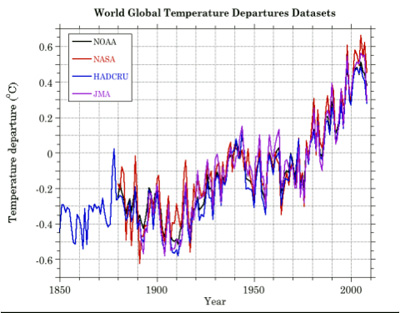
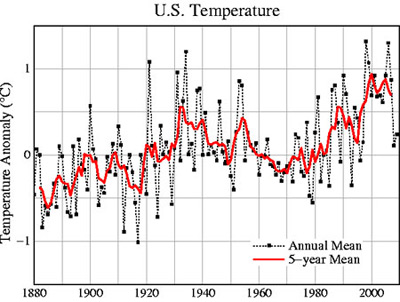
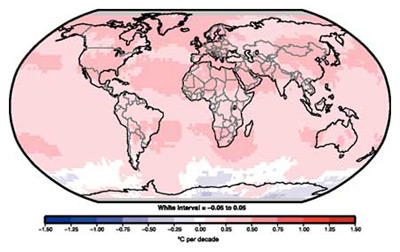
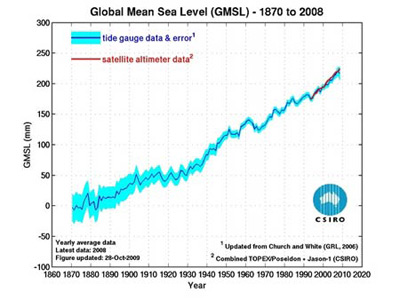
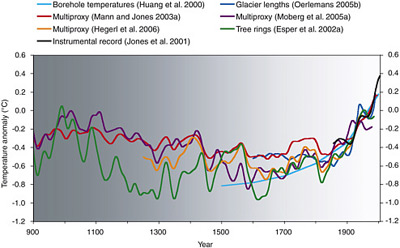
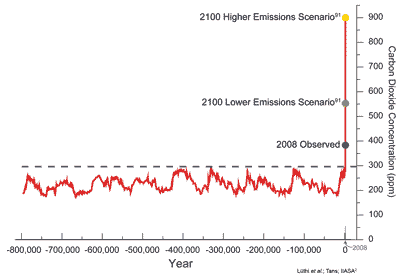
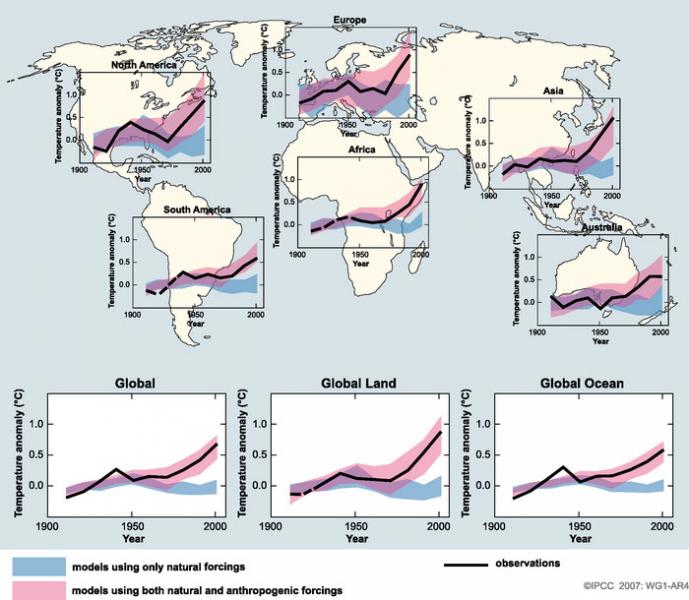


The skeptic argument...